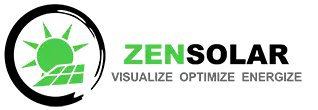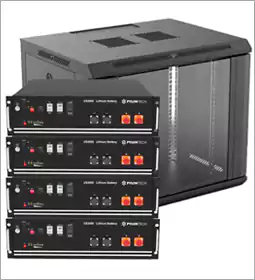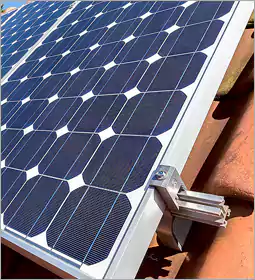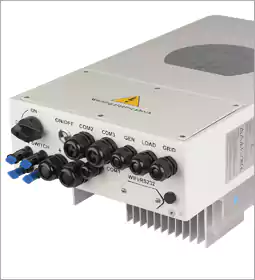Solar PV System - Design & Calculations
It makes sense to know how much electrical power your household consumes in order to configure your ideal solar PV power system.
Photovoltaic (PV) | Photovoltaics is the conversion of light into electricity using semiconducting materials that exhibit the photovoltaic effect, a phenomenon studied in physics, photochemistry, and electrochemistry. The photovoltaic effect is commercially utilized for electricity generation and as photosensors.

Definition: relating to the production of electric current at the junction of two substances exposed to light. You can read more about Solar PV Panels here.
One primary reason that installations are quoted separately owes to the fact that every house is somewhat different in design, and that applies to the roof size, pitch, type, as well as where the junction box (DB Board) is, whether you run a pool pump, power machinery, your appliances and elecronics, and so forth.
With your historical record of power consumption over the past 12 months - a good enough term - will indicate the peak household power requirements, which will also correlate to the months (and the sunshine availability), and from this the correct system can be designed, that will see you through your peak times with ease.
Installations designed well mean that your sytem will serve contemporary needs without compromise, and allow your to expand your system to enable more power to feed demand or to bring you closer to being power independent - which could be one of your power objectives that you are rolling out over time.
How we go about this is as follows:
1. On-Site Assessment (free)
An on-site assessment is considered essential as it gives a preview of what 'complexities' there are to overcome when installing your solar system.
2. Designing the Right System
Your Power Objectives: It is important to know and understand what the initial system should be designed for, to be evolved, or built onto. This means that you can start and then build onto the system without compromise - by simply adding panels, a second inverter, and if you are using battery backup, then add or upgrade these too.
This means having the right basic units in place first, of the right size, so that what is added compliments what is there.
3. Over Time
With our mobile device software you get to monitor and can study your consumption over time. The information from this analysis is the very intelligence you need to make your next decision on. This is first hand 'reporting', outside of predictions and calculations, that now provides you a true reflection of your summer and winter consumption. Based on this you build out your system.
4. What All Does Design Factor in?
When designing your system, this is the information needed in order to get the right configuration for your exact needs:
It all begins with an honest consultation, answering some key questions, your finance situation and wherewithal. The solar equipment selected will tailor to your needs and information provided.



